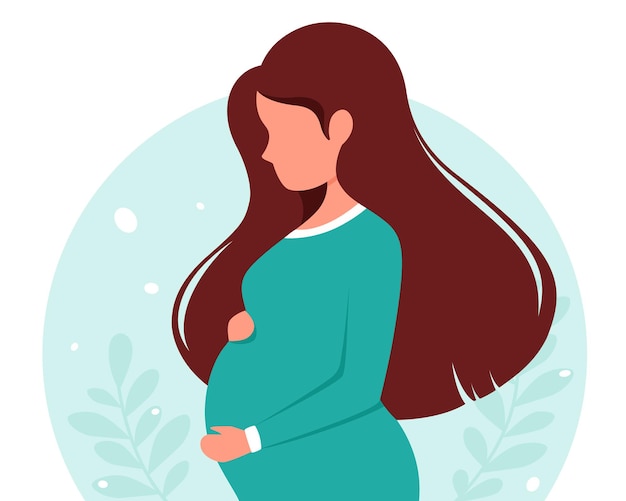
Contents
Introduction
Vaginismus is a condition that affects many women around the world, causing involuntary muscle spasms in the pelvic floor muscles. These spasms make it extremely painful or even impossible for women to engage in vaginal penetration, including sexual intercourse. While this condition can have significant effects on a woman’s overall quality of life, it becomes especially pertinent when considering the impact it may have on pregnancy. In this article, we will explore vaginismus, its potential challenges during pregnancy, and how to manage this condition to ensure a healthy pregnancy journey.
What is Vaginismus?
Vaginismus is a gynecological condition characterized by the involuntary contraction or spasm of the muscles around the vaginal opening. This reflex action occurs when there is an attempt at vaginal penetration, including sexual intercourse, gynecological exams, or even the insertion of tampons. The severity of vaginismus can vary from mild discomfort to intense pain, and it can significantly impact a woman’s sexual health and overall well-being.
Causes of Vaginismus
Vaginismus can be caused by various factors, including:
1. Psychological Factors
- Past Trauma: A history of sexual trauma or abuse can lead to vaginismus.
- Anxiety: High levels of anxiety or fear related to sexual activities can trigger vaginismus.
- Negative Sexual Experiences: Previous painful sexual experiences can contribute to this condition.
2. Physical Factors
- Infections: Certain infections, such as urinary tract infections, can lead to muscle spasms.
- Childbirth Trauma: Some women develop vaginismus after experiencing traumatic childbirth.
Vaginismus and Pregnancy
1. Impact on Conception
- Difficulty with Intercourse: Women with vaginismus may find it challenging to conceive naturally due to the pain associated with intercourse.
- Emotional Stress: The frustration and emotional stress caused by vaginismus can also affect fertility.
2. Challenges During Pregnancy
- Prenatal Care: Vaginismus can make routine prenatal exams and ultrasounds uncomfortable or painful.
- Childbirth: Pre-existing vaginismus may complicate the childbirth experience.
Managing Vaginismus During Pregnancy
1. Communication
- Open and honest communication with your healthcare provider is essential.
- Discuss your condition and any concerns you may have about pregnancy.
2. Pelvic Floor Physical Therapy
- Pelvic floor physical therapy can help relax and strengthen the pelvic muscles.
- These exercises can prepare the body for childbirth.
3. Counseling and Support
- Seek therapy or counseling to address the emotional aspects of vaginismus.
- Support groups can provide a sense of community and understanding.
Conclusion
Vaginismus can be a challenging condition, particularly for women who are pregnant or planning to conceive. However, with proper communication, therapy, and support, it is possible to manage vaginismus effectively and ensure a healthy pregnancy journey.
FAQs
1. Can vaginismus be cured?
- Vaginismus is treatable, and many women find relief through therapy and exercises.
2. Is vaginismus common during pregnancy?
- While it can occur at any time, some women may experience vaginismus more acutely during pregnancy.
3. Can vaginismus affect the baby during childbirth?
- Vaginismus can potentially make childbirth more challenging, but medical professionals are equipped to manage such situations.
4. Are there self-help methods for vaginismus?
- Some self-help techniques, like relaxation exercises, may offer temporary relief, but professional guidance is often necessary.
5. How can partners support women with vaginismus during pregnancy?
- Partners should offer emotional support, attend therapy sessions together, and be understanding of the challenges their loved one is facing.




